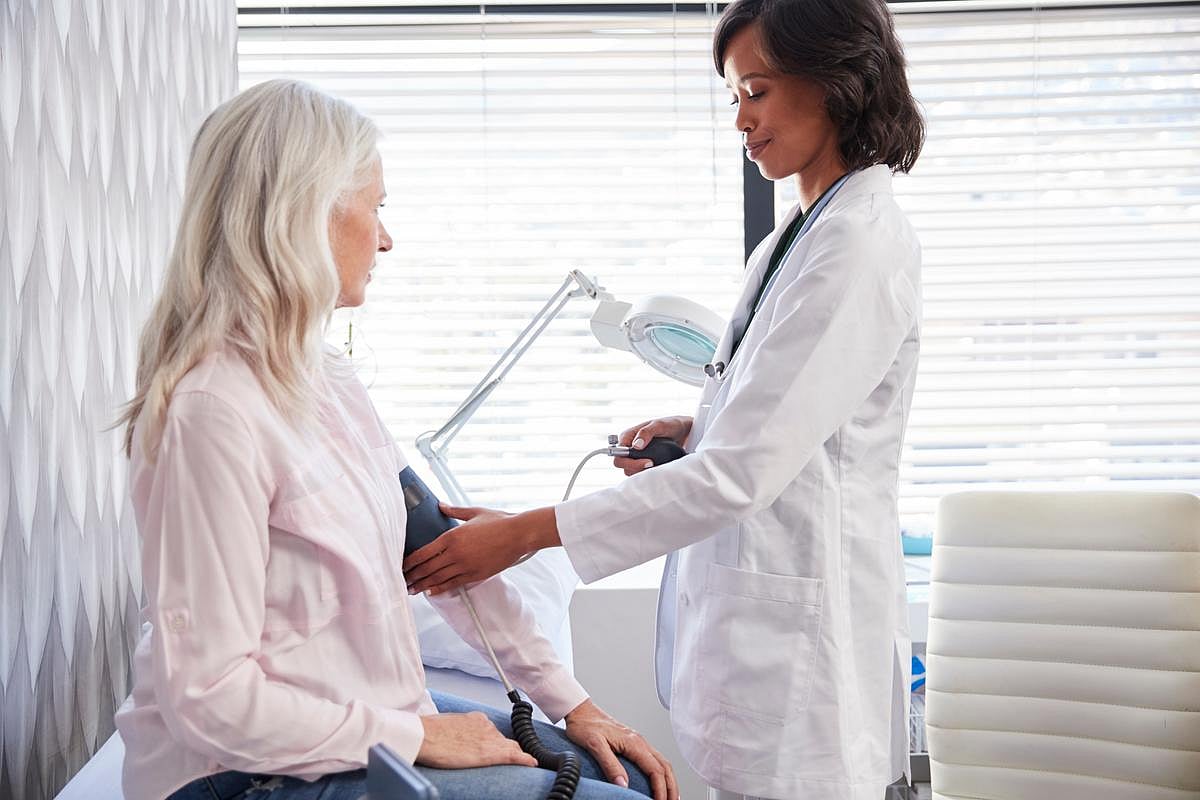Get Healthy!

- Dennis Thompson
- Posted May 6, 2025
Follow-Up Test For High Blood Pressure Condition Not Worthwhile, Researchers Say
A test commonly used to confirm a condition linked to high blood pressure is often inaccurate, causing doctors to skip treatment that might improve patients’ heart health, a new study says.
The test checks for primary aldosteronism, a condition that affects up to 30% of people with high blood pressure, researchers said.
Getting rid of this inaccurate test could “improve diagnostic accuracy and reduce time to treatment. This represents a large paradigm shift in the field of hypertension,” the research team led by Dr. Alexander Leung, an associate professor of medicine with the University of Calgary in Canada, said in a news release.
Primary aldosteronism involves overproduction of the hormone aldosterone, which regulates levels of sodium and potassium in the bloodstream, according to the Cleveland Clinic.
People with the condition tend to retain salt, increasing their blood pressure, researchers said.
Excellent treatments for primary aldosteronism are available, but fewer than 1% of patients are diagnosed and treated due to the complicated process of dialing in a diagnosis, researchers said in background notes.
One test used to confirm primary aldosteronism is the seated saline suppression test (SSST), researchers said, In the SSST, patients are given a saline IV drip while doctors test blood samples for levels of aldosterone.
To see if the SSST truly helps dial in primary aldosteronism, researchers recruited 156 for a clinical trial between January 2017 and August 2024.
All of the patients had screened positive for primary aldosteronism, and underwent a follow-up SSST to double-check the diagnosis.
Every patient underwent treatment for primary aldosteronism, either by surgically removing an overactive adrenal gland that was producing too much aldosterone or by using drugs to block the hormone, researchers said.
Patients’ response to this treatment was used as a gold-standard means of determining whether they truly had primary aldosteronism, and thus whether the SSST follow-up was accurate.
Results showed that the SSST could not distinguish between people who did and didn’t respond to treatment for primary aldosteronism, according to researchers' May 5 report in the Annals of Internal Medicine.
In fact, a large number of patients who responded to the treatment were incorrectly misclassified as “normal” by the SSST, researchers said.
“Confirmatory testing with the SSST adds little to the diagnostic work-up in patients who already have a positive result on a screening test,” researchers wrote. “Rather, reliance on the SSST may misinform downstream treatment decisions and lead to missed opportunities for intervention, even in patients who would clearly respond to treatment.”
The upshot: “The results of our study suggest that removal of routine confirmatory testing from the diagnostic care pathway for PA may help to improve diagnostic accuracy and reduce the time needed for diagnosis and treatment for most patients.”
More information
The Cleveland Clinic has more about primary aldosteronism.
SOURCES: Annals of Internal Medicine, May 5, 2025; American College of Physicians, news release, May 5, 2025




